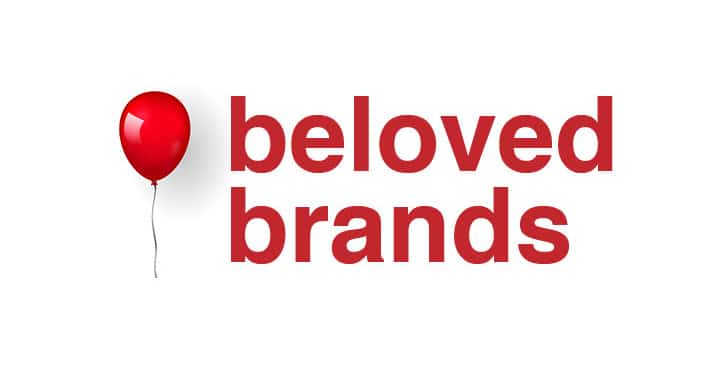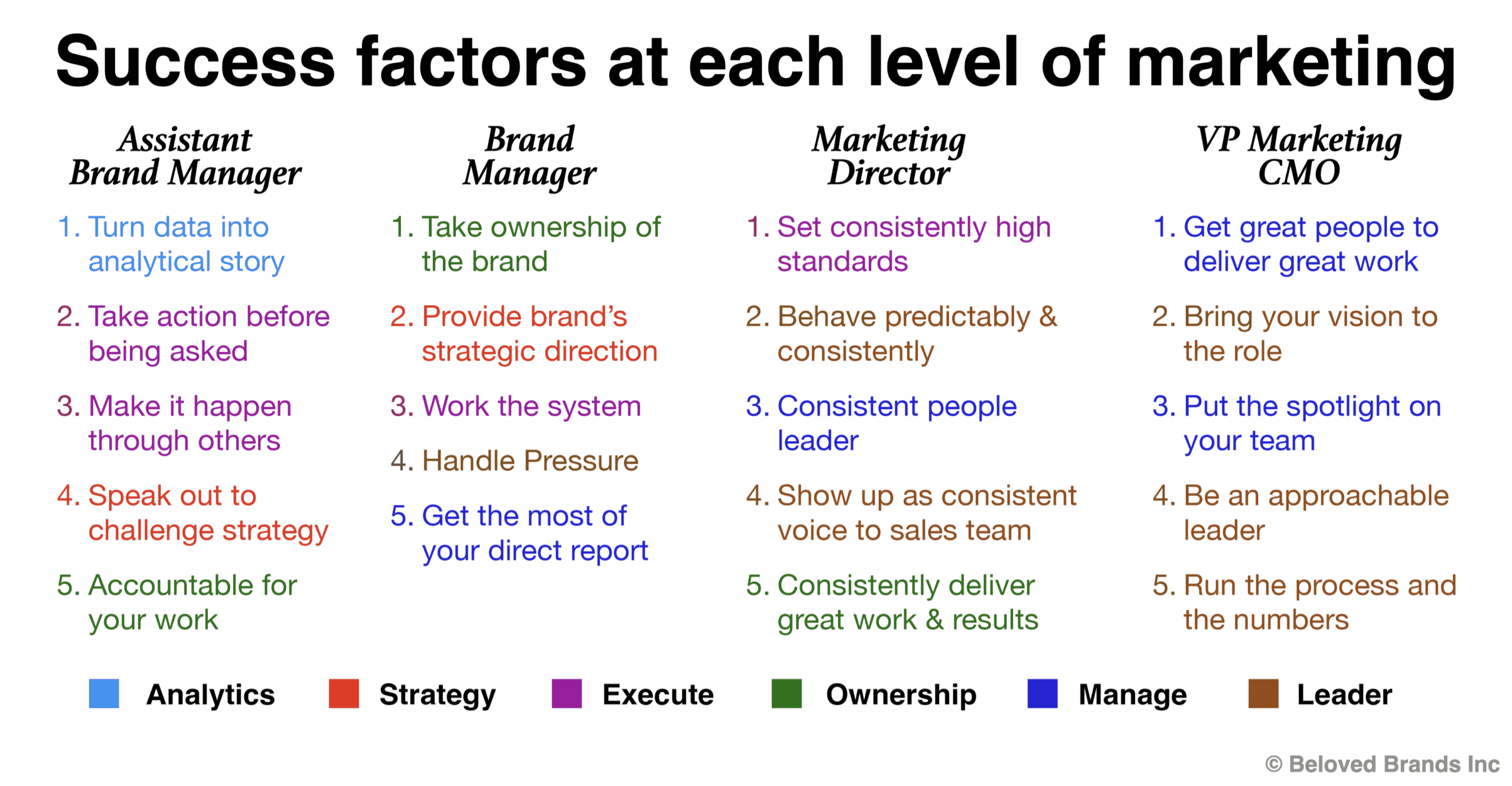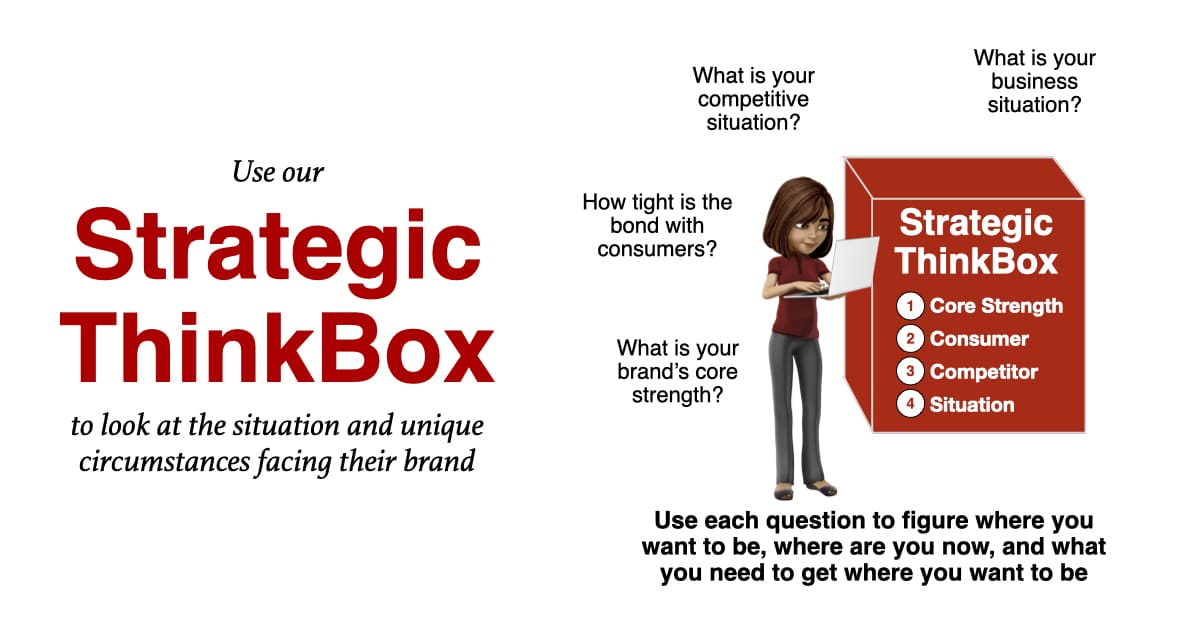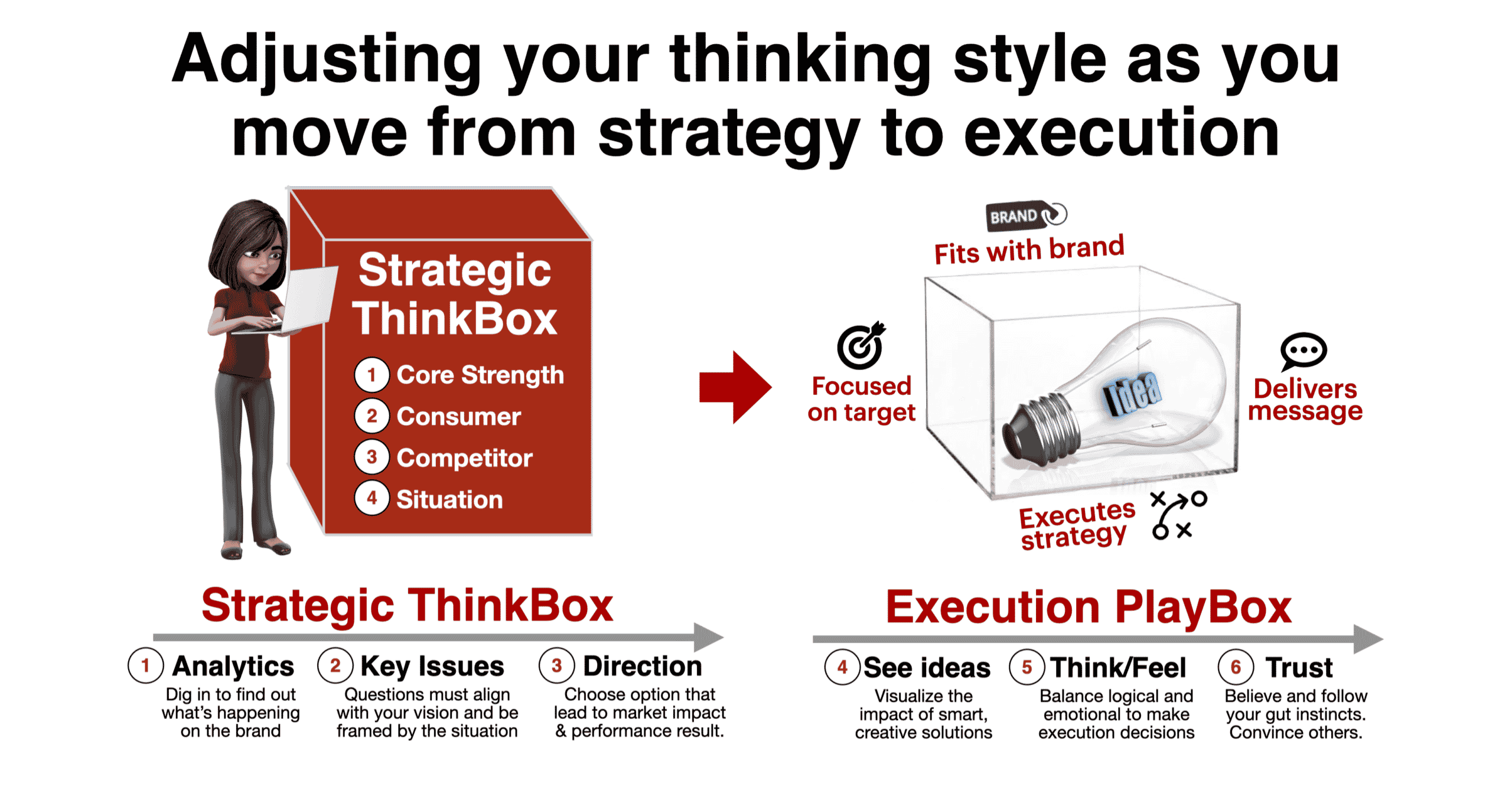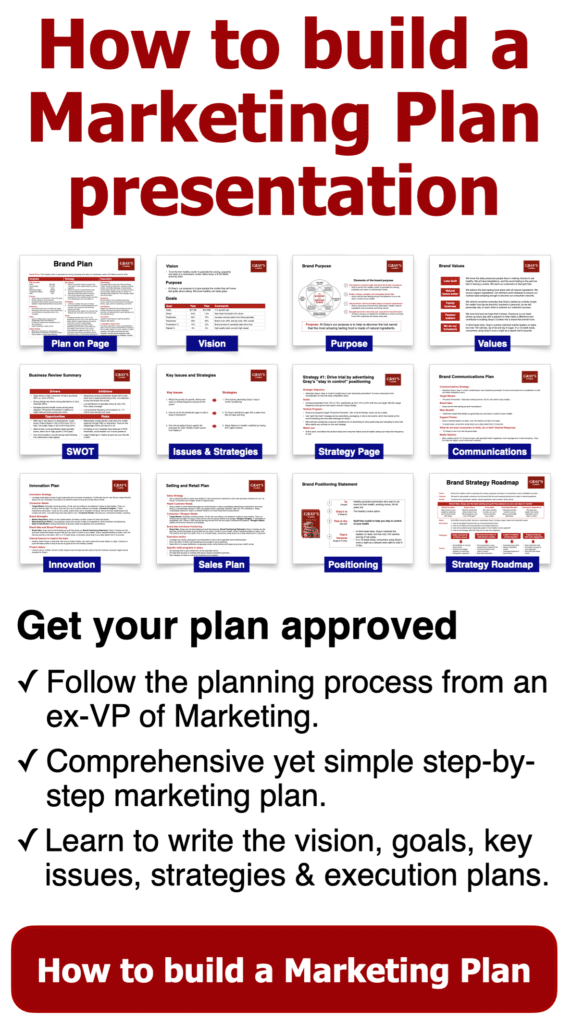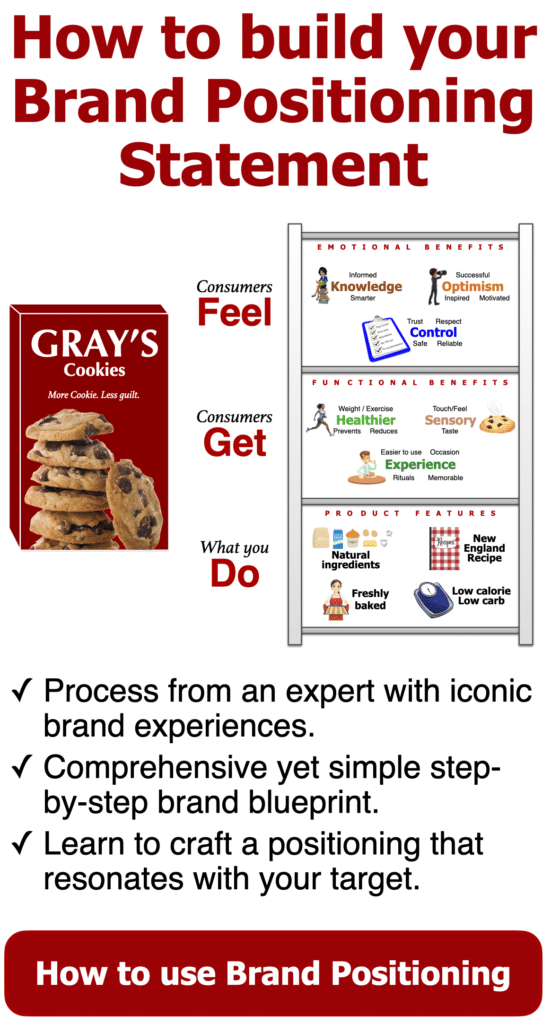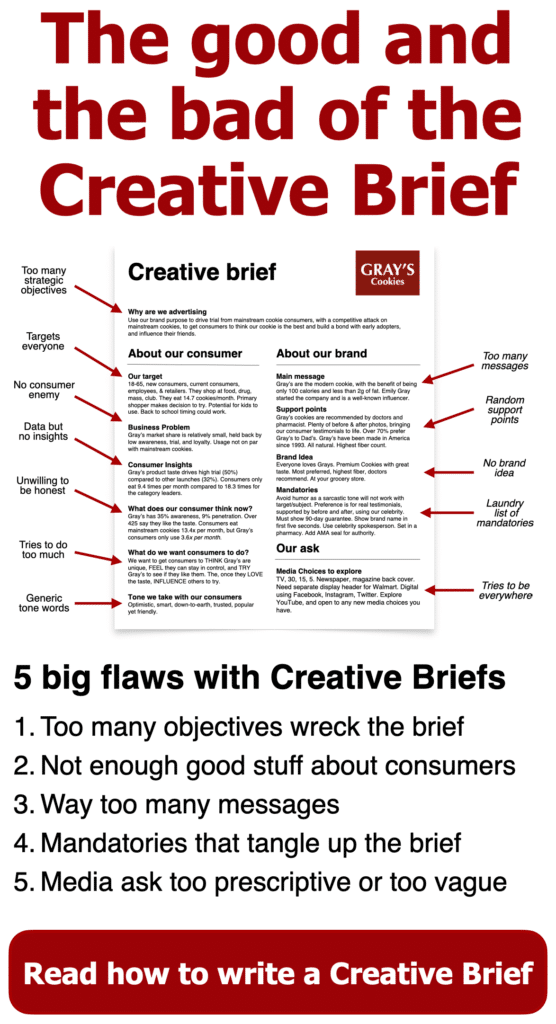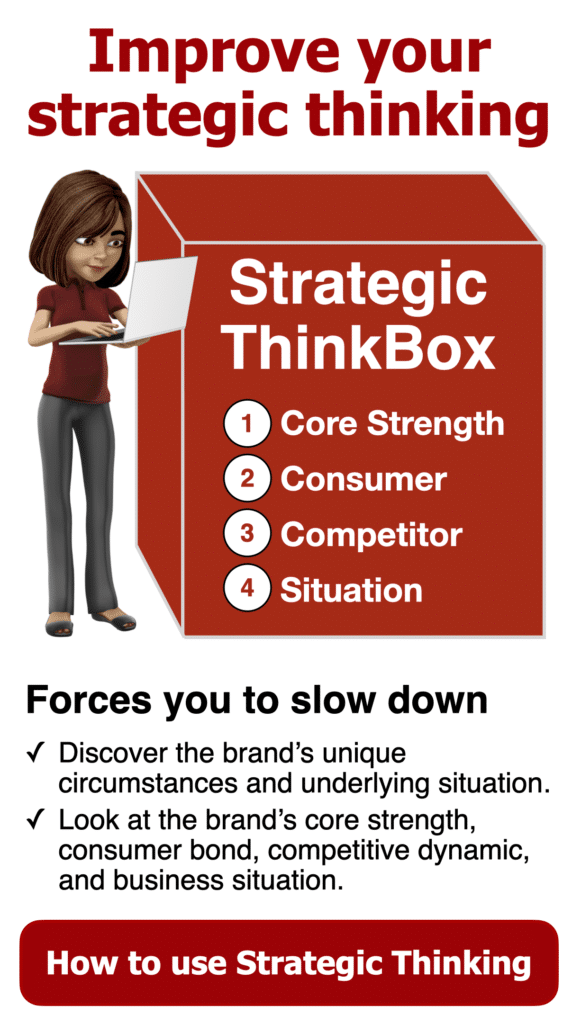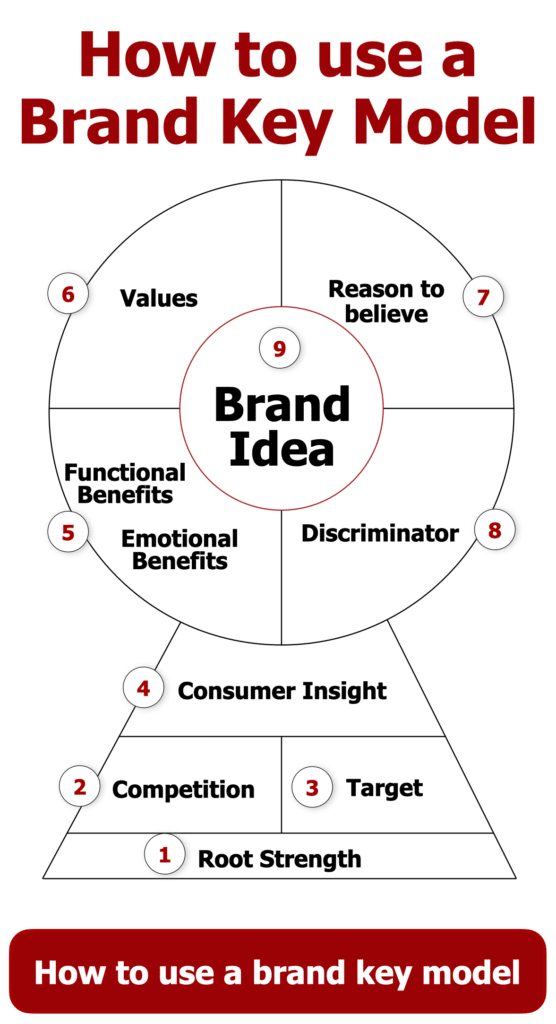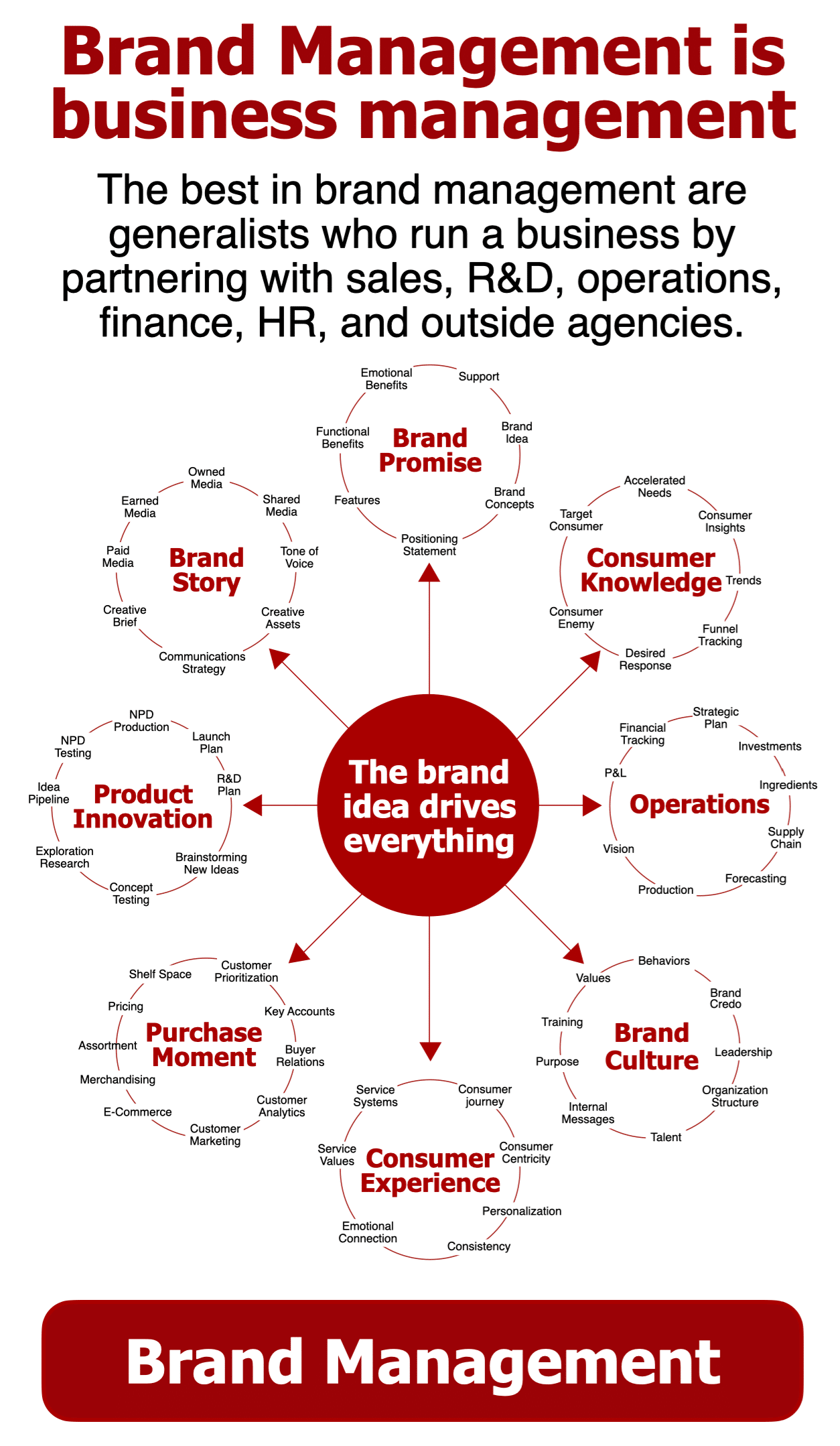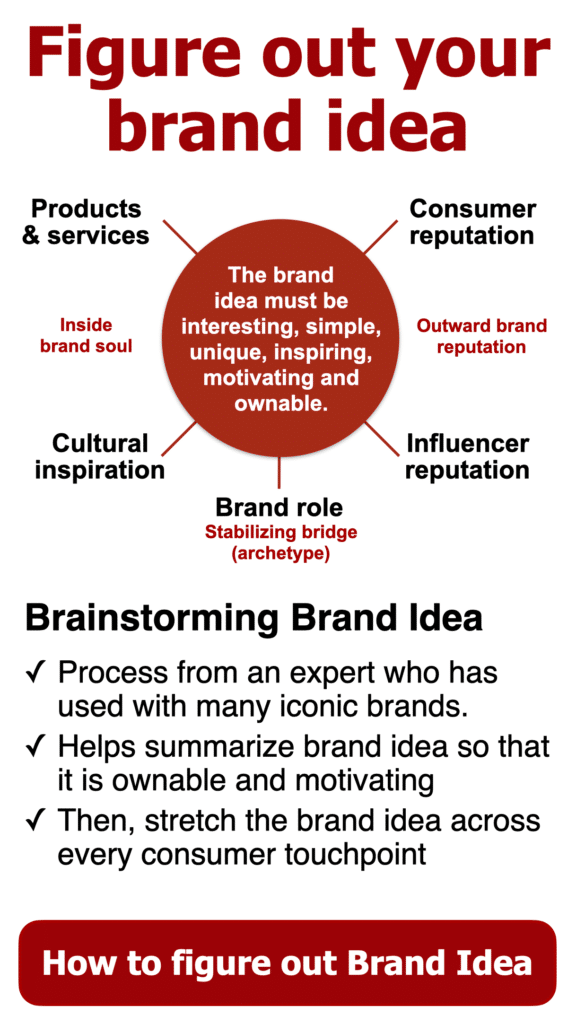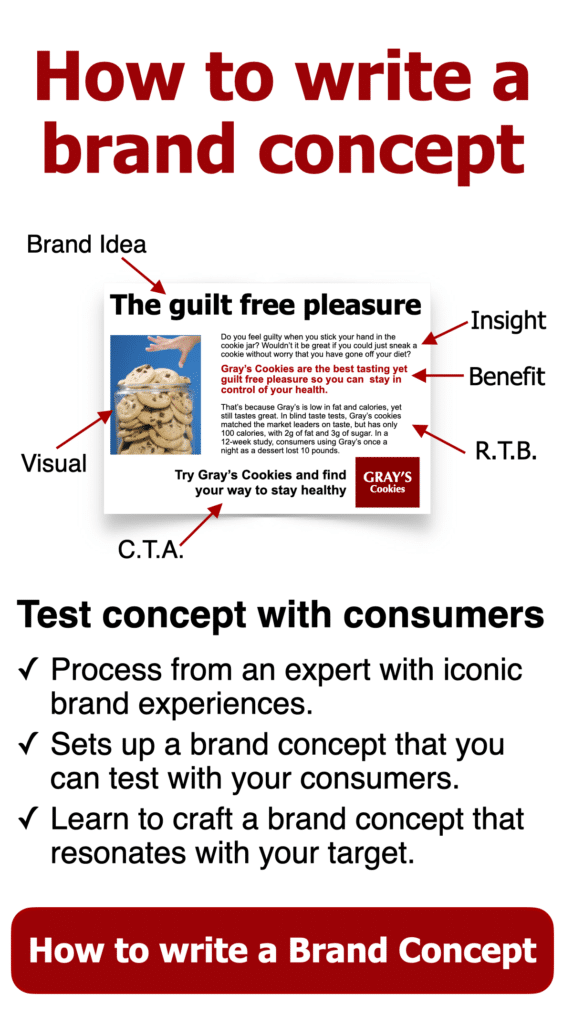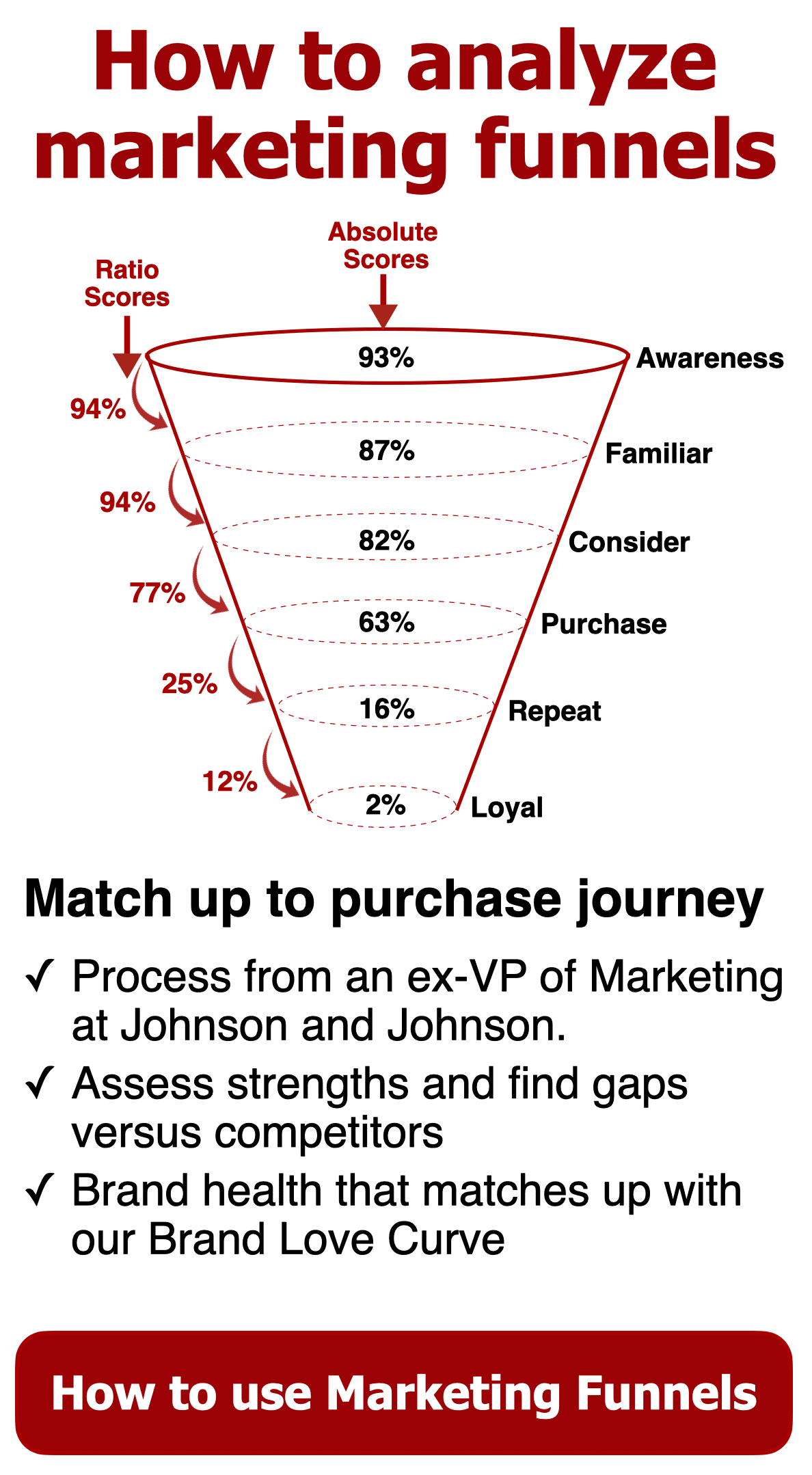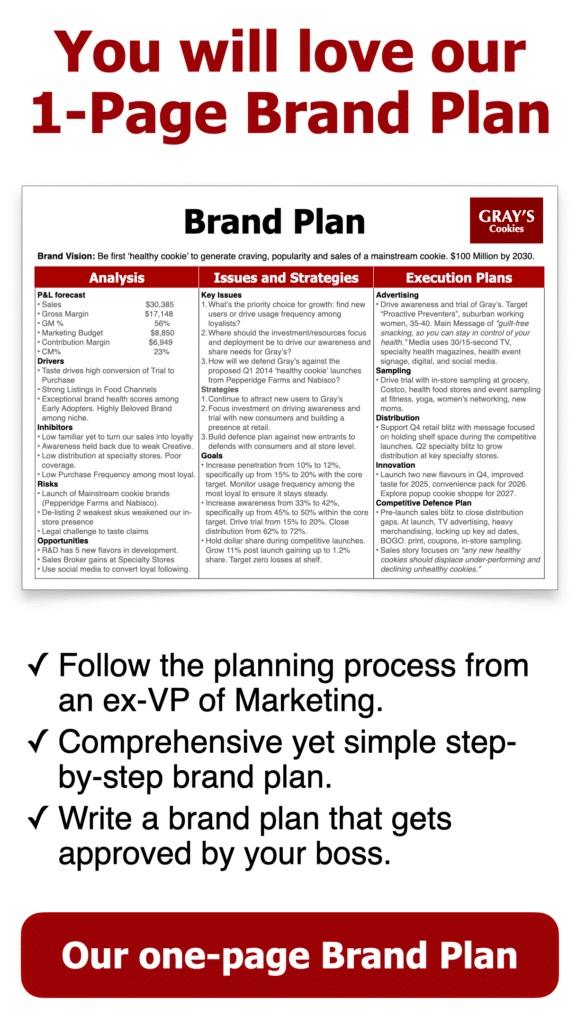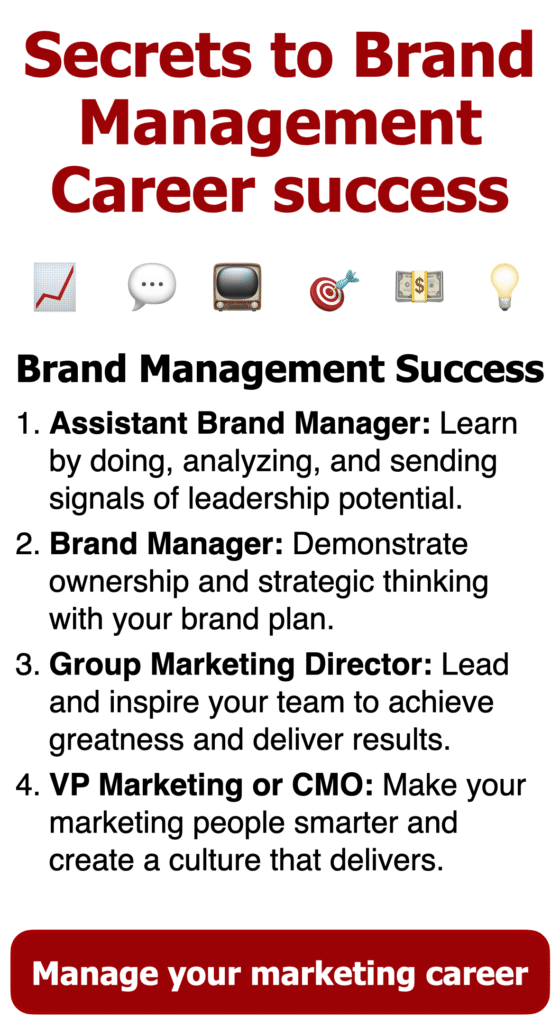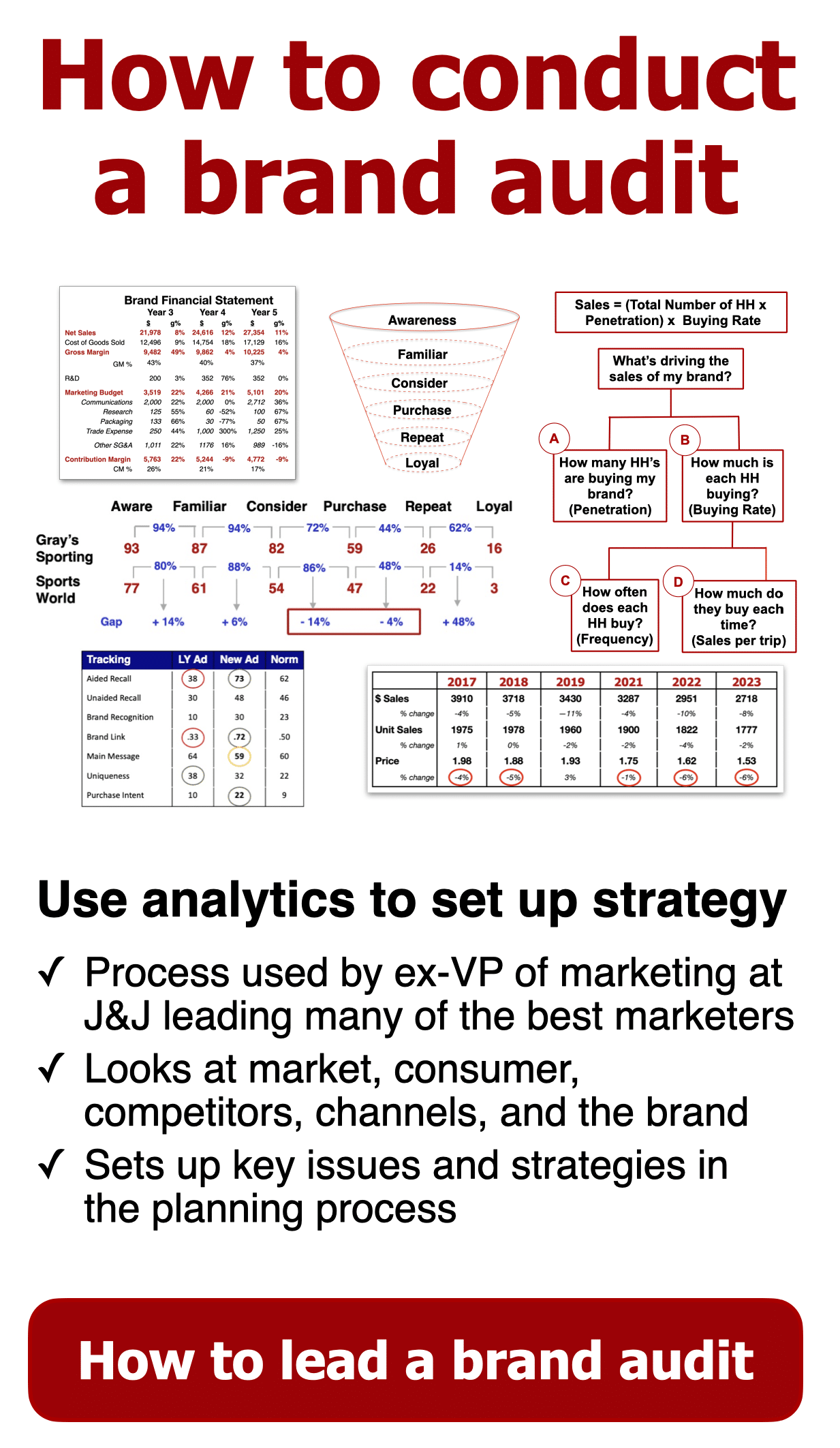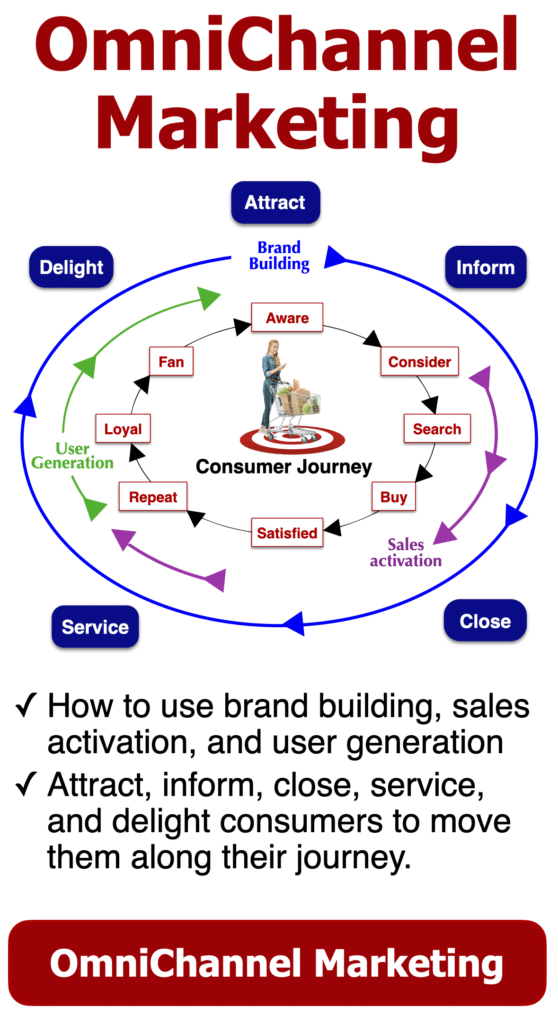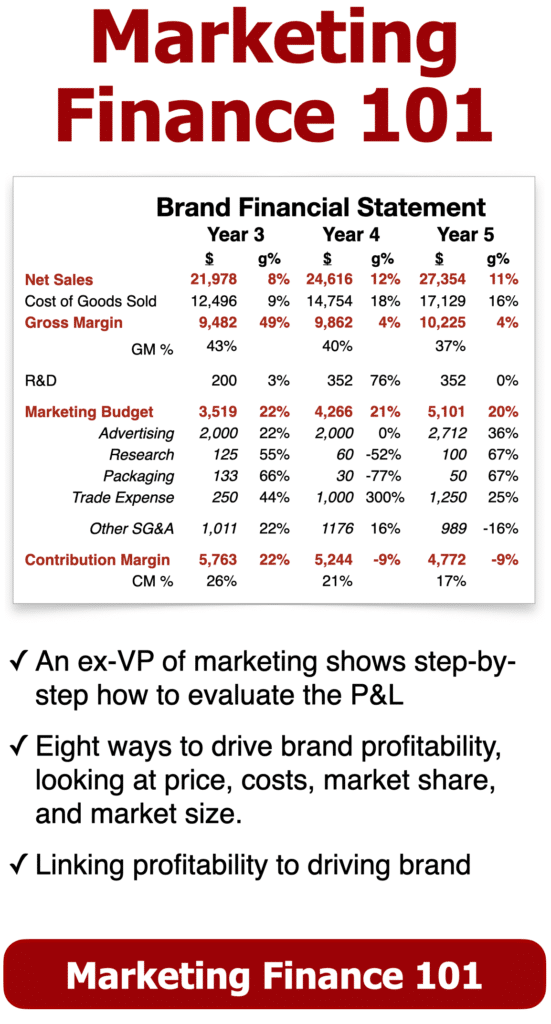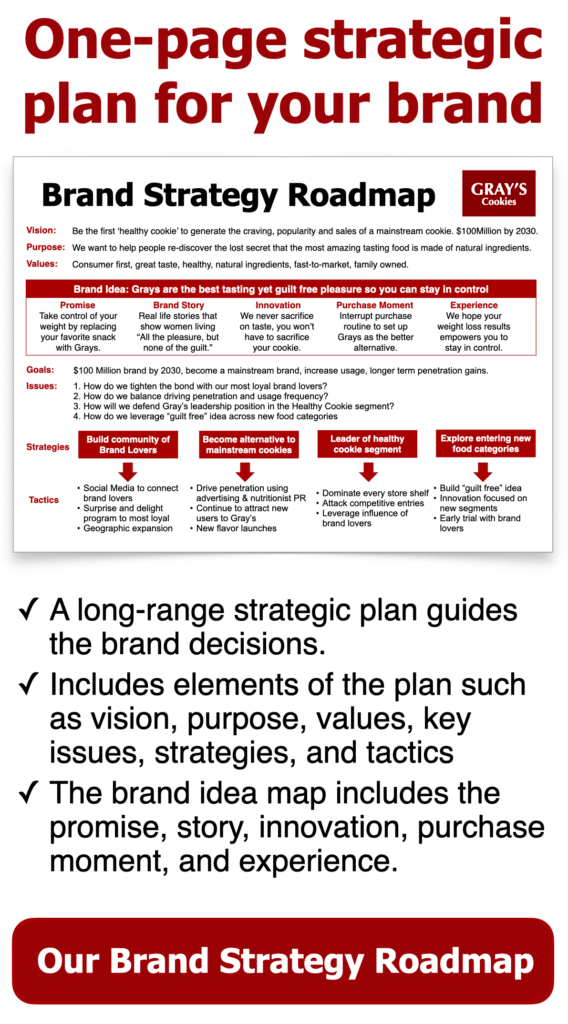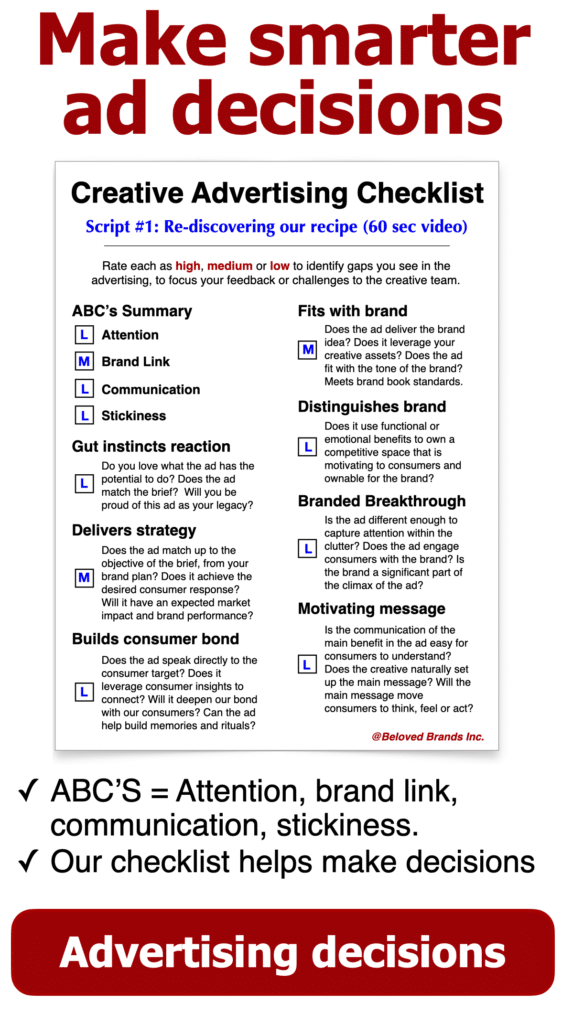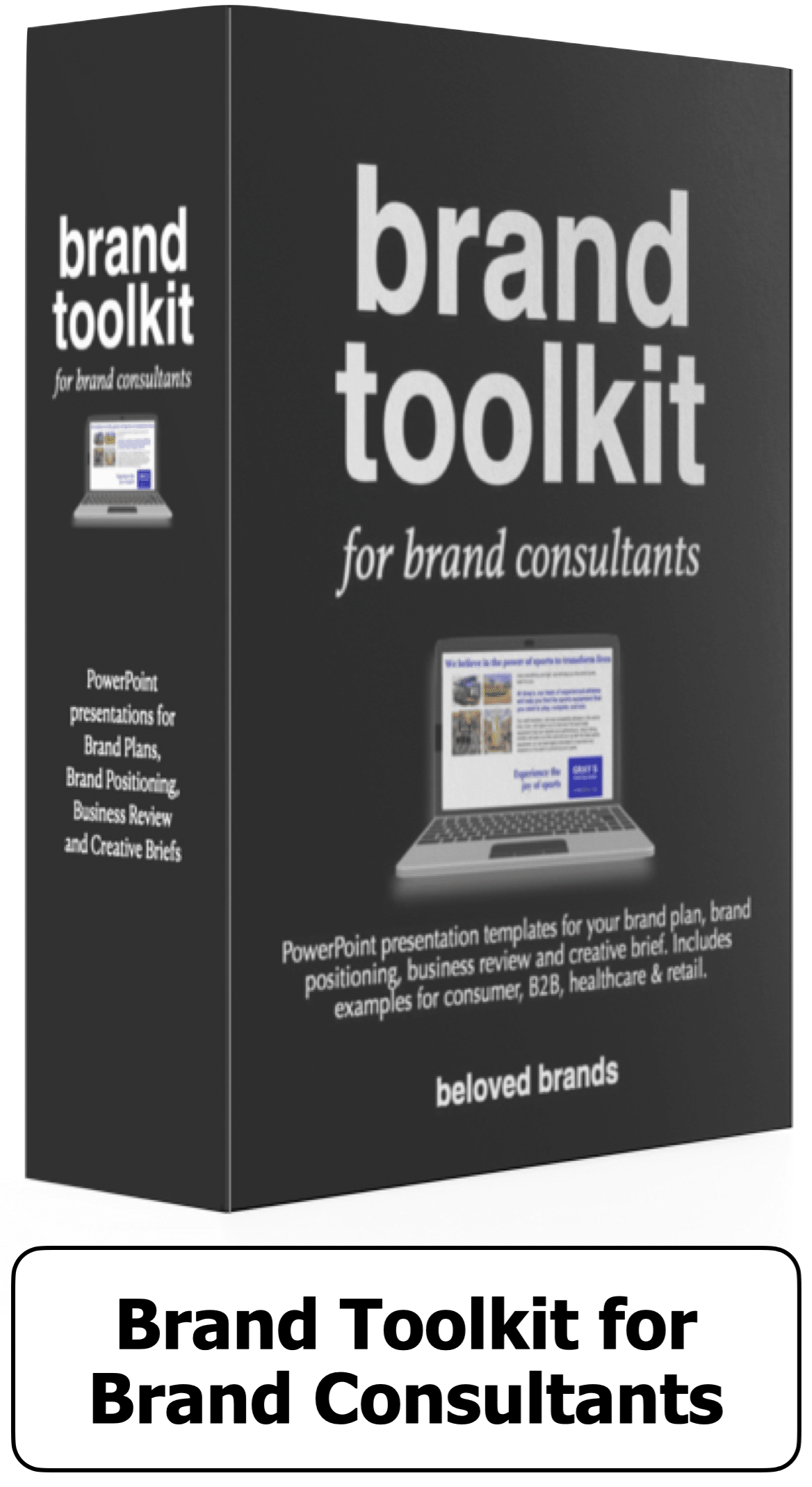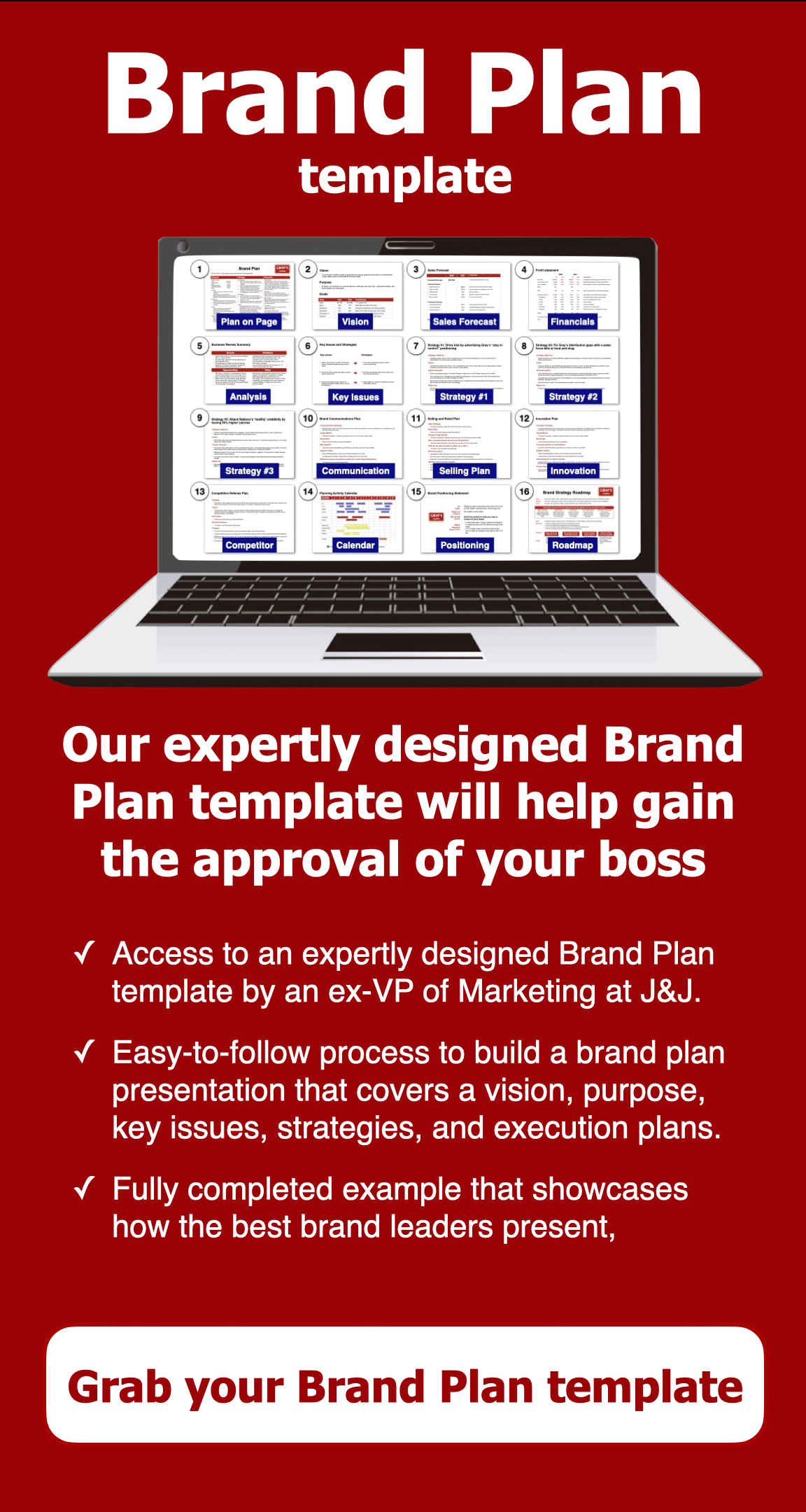The best VP Marketing and CMO (Chief Marketing Officer) realize they never do it alone. Everything we do is through the greatness of other people. The success factors start with the idea that your people come first. You must bring a vision to the role, put the spotlight on your team, be an approachable leader, and run the process and the numbers to ensure your people can focus on delivering what needs to happen.
If you are good at your role, you might not need to do any marketing other than challenge and guide your people to do their best work. Your greatness comes from the greatness of your people. Invest in training your people to motivate your team and keep them engaged. At the VP Marketing or CMO level, it is more about people. The equation is simple: smarter people make amazing work that delivers outstanding results.
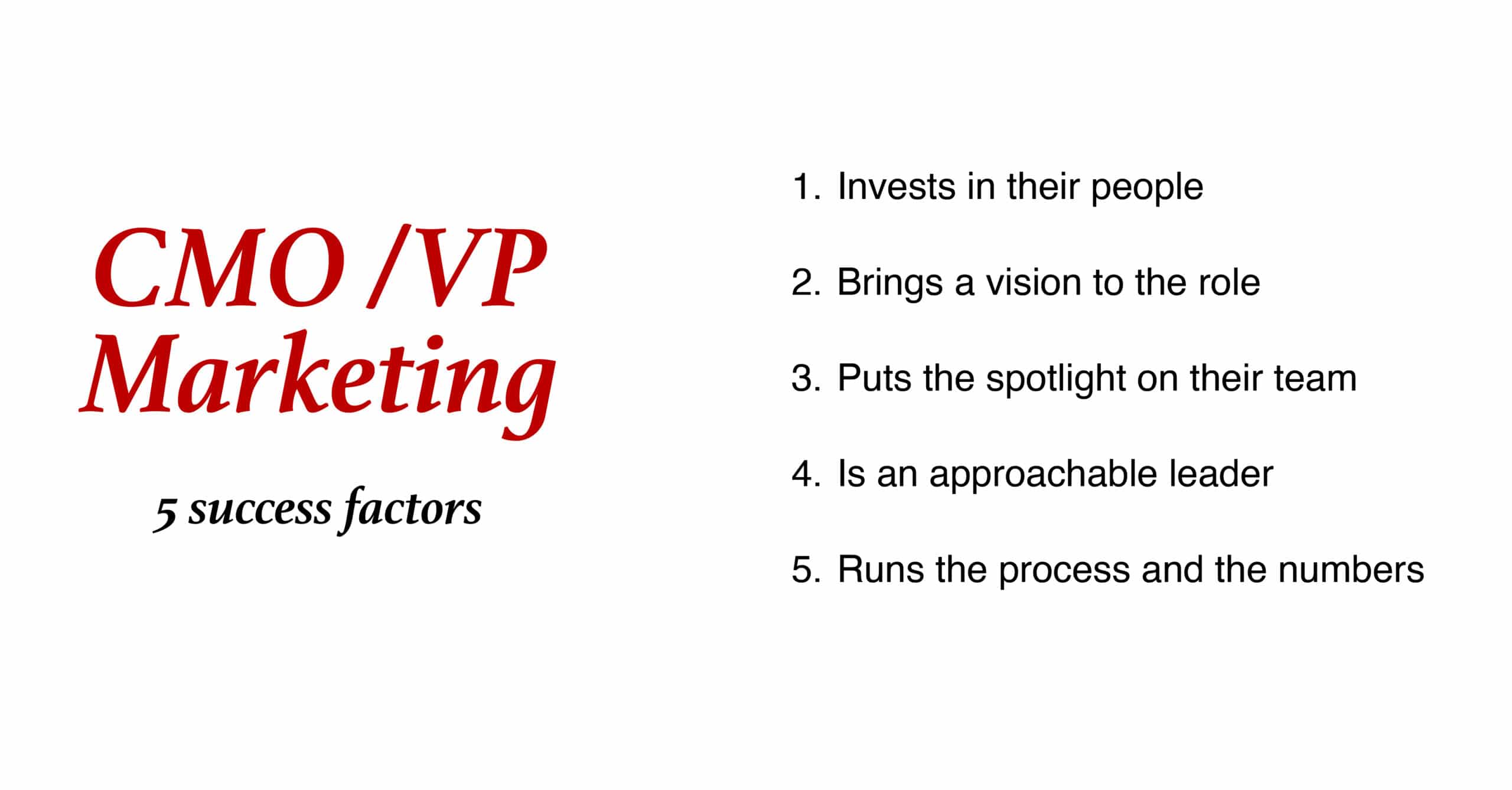
Quintessentially, rule #1 is you have to make the numbers.
Your primary role is to create demand for your brands. You are paid to gain share and drive sales growth to help drive profit for the company. The results come from making the right strategic choices, executing at a level beyond competitors, and motivating your team to do great work. Making the numbers gives you more freedom on how you wish to run things. Without the numbers, the rest might not matter.
At the VP Marketing or Chief Marketing Officer (CMO) level, success comes from your leadership, vision, and ability to get the most from your people.
CMO
1. Invest in their people
What many people miss is that people come first. At the VP Marketing and CMO level, I believe the results will come if you focus on your people. Smart people produce great work and, in turn, outstanding results. It would help if you regularly review the talent with your directors. Build a system to provide feedback to everyone on the team, preferably quarterly.
Invest in training and development.
Marketing Training should not be just learning on the job, but in the classroom, to challenge the thinking of your people and give them added skills to be better in their careers. Marketing fundamentals matter. Your people need to know strategic thinking, define their brand’s positioning statement, write a Brand Plan, write a Creative Brief, and judge advertising. Marketers are NOT getting the same development they did in prior generations. Investing in training not only makes them better but it also motivates them to know that you are investing in them.
Beloved Brands playbook
Our Beloved Brands playbook goes in-depth on everything you need to build brand consumers will love. Learn about strategic thinking, brand positioning, writing brand plans, advertising decisions, media planning, marketing analytics, and financials.

Our readers tell us they keep our Beloved Brands playbook nearby whenever they need to take on a new project. Clearly, we are thrilled that 89% of Amazon reviewers have given Beloved Brands a 5-star rating. Also, we wrote a B2B Brands playbook and a Healthcare Brands playbook.
2. Run the process and the system
The best VP Marketing or CMO should run the P&L and all the Marketing processes. You have to run the P&L and make investment choices. Bring an ROI and ROE (Return on Investment and Effort) mindset to those decisions. These choices will be one of the essentials to making the numbers and gaining more freedom in how you do the job. Regarding the process, I have always believed that smart processes in place—brand planning, advertising, creative briefs—should not restrict your people but instead provide the right freedom to your people. Get your people to drive all their creative energy into great work that gets in the marketplace, not trying to figure out what slide looks cool in the brand plan presentation.
3. The CMO must be the visionary
The best VP Marketing or CMO brings a vision for the brand’s direction and the team’s inspiration. Create a theme that taps into the purpose, beliefs, expectations, and behaviors you will reward. You are now the Mayor of Marketing. What’s your campaign slogan? Get up, walk around, and engage with everyone on your team. You can make someone’s day, motivate and encourage them to deliver excellent work. Set a high standard, and when your team puts an outstanding idea up for approval, and it is fundamentally sound, then approve it. Do not do the constant spin of fear. It makes you look indecisive and bureaucratic.
4. Put the spotlight on your people
The best VP Marketing or CMO lets their people own it and let them shine. It has to be about them, not you. Do not be the super-duper Brand Manager. By making all the decisions, you bring yourself down a level or two and take over their job. Instead of telling, start asking questions. Challenge your team and recognize the great work. It might be my own thing, but I never said: “thank you” because I never thought they were doing it for me. Instead, I said: “you should be proud” because I knew they were doing it for themselves.
5. Be a consistent, authentic, approachable leader
The best VP Marketing or CMO has an open door and makes it easy for people to engage them. You have to set up an avenue where they can approach you and feel comfortable enough to communicate the good and bad. A hidden leader scares people. No one wants to share concerns or bad results for fear of how you will react. Don’t get left in the dark. Open communication keeps you more knowledgeable. Get your people to challenge you. Inconsistent and unpredictable behavior by a leader does not “keep them on their toes.” It creates tension and inhibits creativity.
Be consistent in how you think, how you act in meetings, and how you approve. Leadership assumes “follower-ship.” Create an atmosphere that will make people want to go the extra mile for you. Once you show up ready to listen, you will be surprised by how honest they will be and how much they will tell you.
The CMO role
The Vice President of Marketing and the CMO role can be very lonely
When I first took the job as VP Marketing, I found it surprisingly a bit lonely. Everyone in marketing tries to be “on” whenever you are around. Moreover, you don’t always experience the “real” side of the people on your team. Just be ready for it. It takes a while to get used to the distance from your new peers (the head of sales, HR, operations, or finance). It is far greater than you might expect and may feel daunting at first.
Your peers hope you run Marketing and let them run their functional area. Also, the specific problems you face, they might not appreciate or even understand the subtleties of the role. Your boss also gives you too much rope, which can be good or bad. There will be less coaching than you had in prior positions. It is crucial for you to have a good mentor or even an executive coach to give you someone to talk with that understands your role.
Marketing Careers
On a classic marketing team, there are four key levels:
- Assistant Brand Manager.
- Brand Manager.
- Marketing Director or Group Marketing Director.
- VP Marketing or CMO.
To illustrate, click to zoom in on the brand management career pathway.
At the Brand Manager level, it becomes about ownership and strategic thinking within your brand plan. Most Brand Managers are honestly a disaster with their first direct report and get better around the fifth report.
When you get to the Marketing Director role, it becomes more about managing and leading than it does about thinking and doing. To be great, you need to motivate your team’s greatness and let your best players do their absolute best.
And finally, at the CMO level, you must create your own vision, focus on your people to make them better and shine, drive the business results, and run the processes.
Our Beloved Brands Marketing Training program will make your team smarter.
If you are running a marketing team, you will always benefit from having a smarter team. When you invest in our marketing training program, you will help your team gain the marketing skills they need to succeed. As a result, you will see them make smarter decisions and produce exceptional work that drives business growth.
We’ll work with your team to help them learn more about the five core marketing skills: Strategic Thinking, Brand Positioning, Marketing Planning, Marketing Execution, and Brand Analytics. Most importantly, your marketers will learn new tools, concepts, and ideas to trigger new thinking. To help their skills, we get participants to take each tool on a test run. Then, we give feedback for them to keep improving.
To illustrate, click to zoom in on the brand management career pathway.
Strategic Thinking:
Our marketing training teaches brand leaders how to ask tough strategic questions to slow everyone down and engage in the debate of options to move forward. To start, you will be given various tools to approach strategy thoughtfully and analytically. Importantly, marketers must learn how to change brain speeds to move from a strategic thinking style to uncover what is holding back a brand and onto an instinctual thinking style on marketing execution.
We introduce our Strategic ThinkBox, which allows marketers to interrogate their brand. Importantly, our ThinkBox pushes you to take a holistic look at the brand’s core strength, competitive landscape, tightness of the consumer bond, and business situation.
Brand Positioning:
Our brand positioning process teaches how to decide on the target market, consumer benefits, and reasons to believe. First, you will learn to define the ideal consumer and frame the definition with their biggest needs, consumer insights, and their enemy. Then, we provide our benefit cheatsheets to help learn how to discover the functional benefits and emotional benefits that a brand can deliver. Importantly, marketers need to make a decision on trying to stake out a unique space that is motivating to consumers and ownable for the brand.
Learn to use our brand idea tool and see how it helps to communicate the brand idea to everyone across the organization. Finally, marketers will learn how to take the brand positioning work and translate it into a brand concept, story, and credo.
Marketing Plans:
A marketing plan is a decision-making tool for how a brand will spend its limited resources. Moreover, the marketing plan communicates the expectations to everyone who works on the brand. Importantly, we teach marketers how to create the vision, purpose, goals, key issues, strategies, and marketing execution plans.
Learn how to write key issue questions and strategic statements that form the foundation of the marketing plan. In addition, our marketing training provides various marketing planning templates, including our one-page brand plan and ideal Marketing Plan presentation deck.
Marketing Execution:
Our marketing execution training starts with the concept of our Marketing PlayBox that matches up to the Strategic ThinkBox. To keep marketers on strategy throughout the execution stages, our Marketing PlayBox helps find in-the-box ideas that meet four dimensions: they are focused on our target, fit with the brand, deliver the message, and execute the strategy.
To start, we show how the creative brief sets up the PlayBox, serving as the bridge between the plan and execution. We go through the creative brief line-by line and give you examples of the best and worst. Importantly, you will learn to use our Creative Checklist to help make smarter decisions on creative communications. We workshop how to give feedback to your agency based on gaps you see with the checklist.
Learn to make media decisions matching your consumer’s purchase journey. In addition, we provide a similar Innovation Checklist to compare innovation ideas.
Brand Analytics:
Our comprehensive brand analytics training teaches brand leaders how to lead a deep-dive business review. We outline the best analytical thinking so you can become a well-rounded marketer.
Learn to look at the marketplace, consumer analytics, distribution channels, competitors, or other brands in their industry. And learn to assess the brand itself. Importantly, you will learn how marketing funnels can help assess the brand’s performance. We provide 64 analytical questions that marketers can ask of their brand. Finally, we show how to understand the financial performance indicators of the brand.
Our training looks at three specific streams; Consumer Marketing Training, B2B Marketing Training, and Healthcare Marketing Training. With each program, all the of the examples are tailored to the type of marketer. Undoubtedly, we believe marketers will be at their best when the can see the concepts or tools working on their type of brand.
Take a look at our Marketing Skills assessment tool to see how you or your marketing team measure up.
If you are a CMO or VP Marketing and want more information on our Beloved Brands Marketing Training programs, click below or email Graham Robertson at [email protected]
What type of marketer are you?
We believe marketers learn best when they see our marketing concepts applied to brands that look like theirs. We have developed specific consumer, B2B, and healthcare examples to showcase our marketing tools. Click on the icon below to choose your interest area.
Strategic Thinking
Smart strategic thinkers ask challenging questions.
To start, take the opportunity to improve your strategic thinking skills. Look to the five steps to building an effective brand strategy.
We show how to use our Strategic ThinkBox, and lay out the five elements of strategic thinking. Next, go deeper on to challenge your brand’s core strength, engage with consumer strategy, or competitive strategy.
Undoubtedly, you must understand the business situation before making your next move. We show how to write the ideal strategy statements you can use in your marketing plan.
Video Lesson: Key Issues
To illustrate, watch our video on how to find the key issues on your brand that you can use in your marketing plan. Importantly, it helps you find the best possible questions. Subsequently, it sets up strategic solutions to answer those questions. Perfect for the CMO or VP Marketing.
To view, use the ▶️ controls to play our brand strategy video.
Staying on strategy through execution.
As you move to the marketing execution, you need to use in-the-box creativity to stay on strategy. We map out the advertising process, and the innovation process. Take a look at our Creative Brief and the good and bad creative brief examples. Then, we set you up to make marketing execution decisions using our advertising checklist to evaluate creative advertising ideas. And, you can use our innovation checklist to compare new product ideas.
Importantly, marketers need to understand media planning, pricing strategy, and social media strategy.
Our brand templates make it easier for you to do your job.
Moreover, we provide brand templates that help you run your brand. For instance, you can find templates for marketing plans, brand positioning, creative briefs, and business reviews. Altogether, we offer brand toolkits with all the presentation slides you need.
If you are looking to make your marketing team smarter, we can help. To get started, email Graham Robertson at [email protected]
